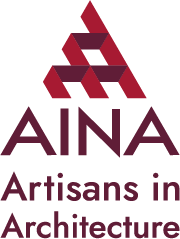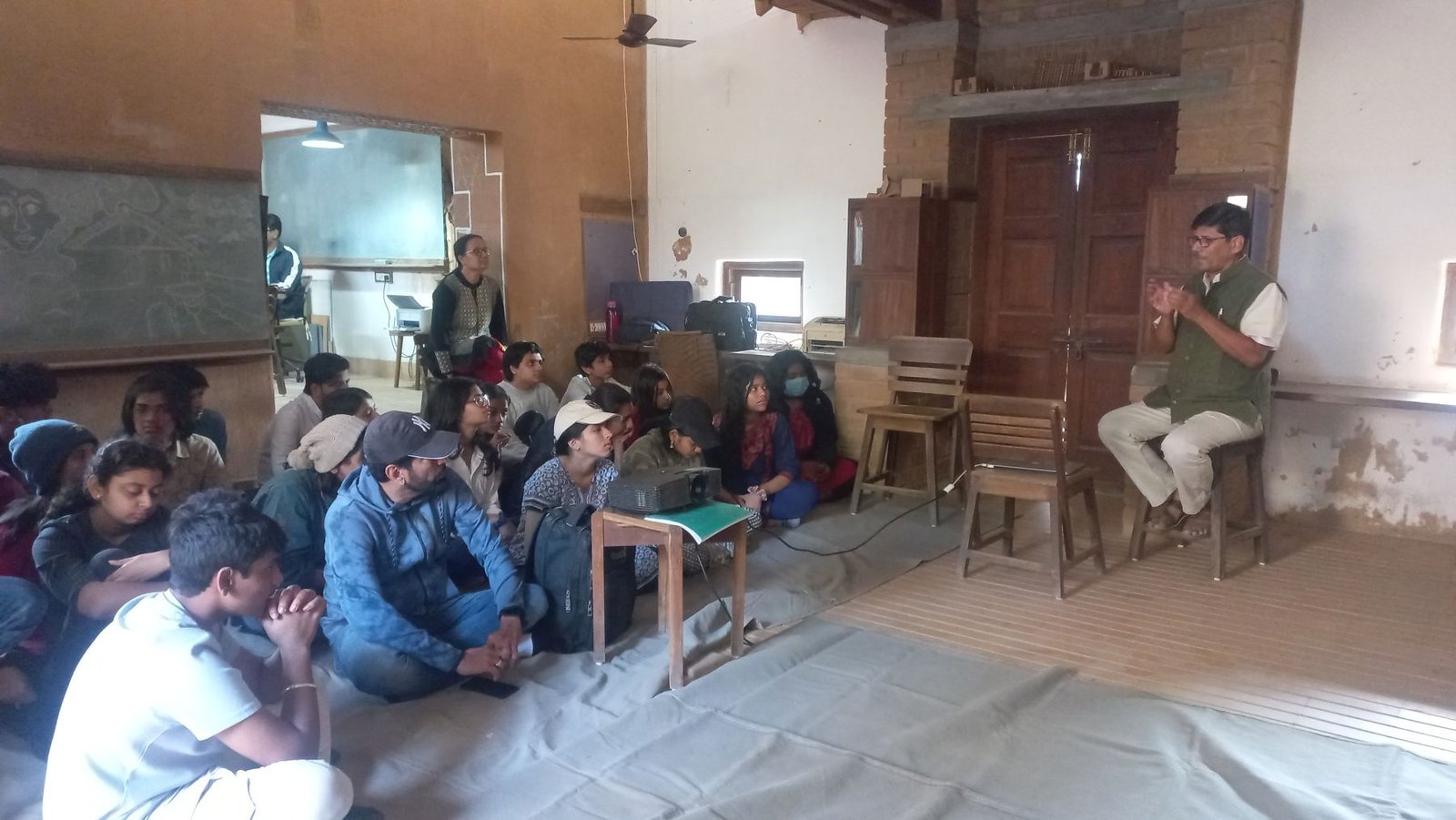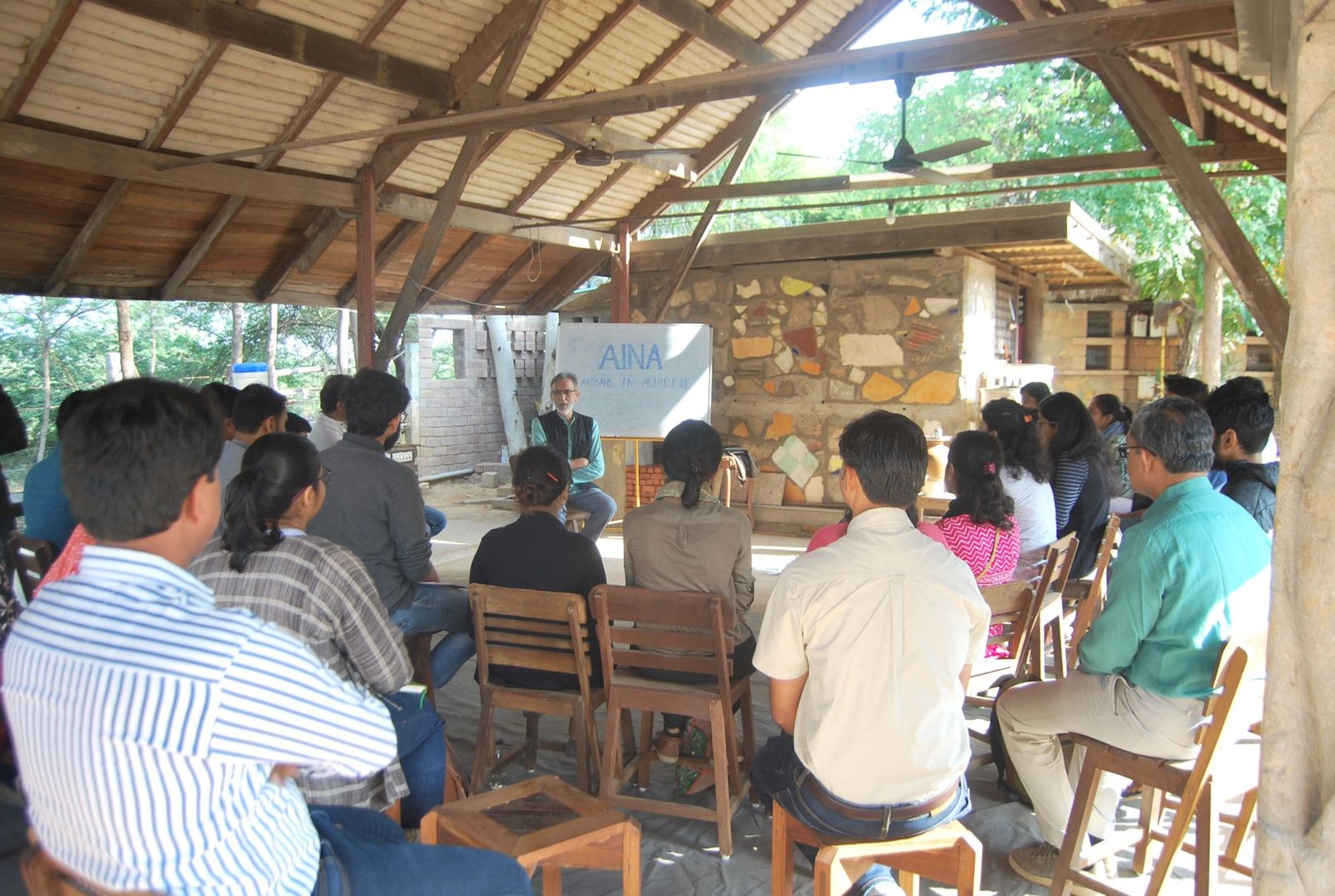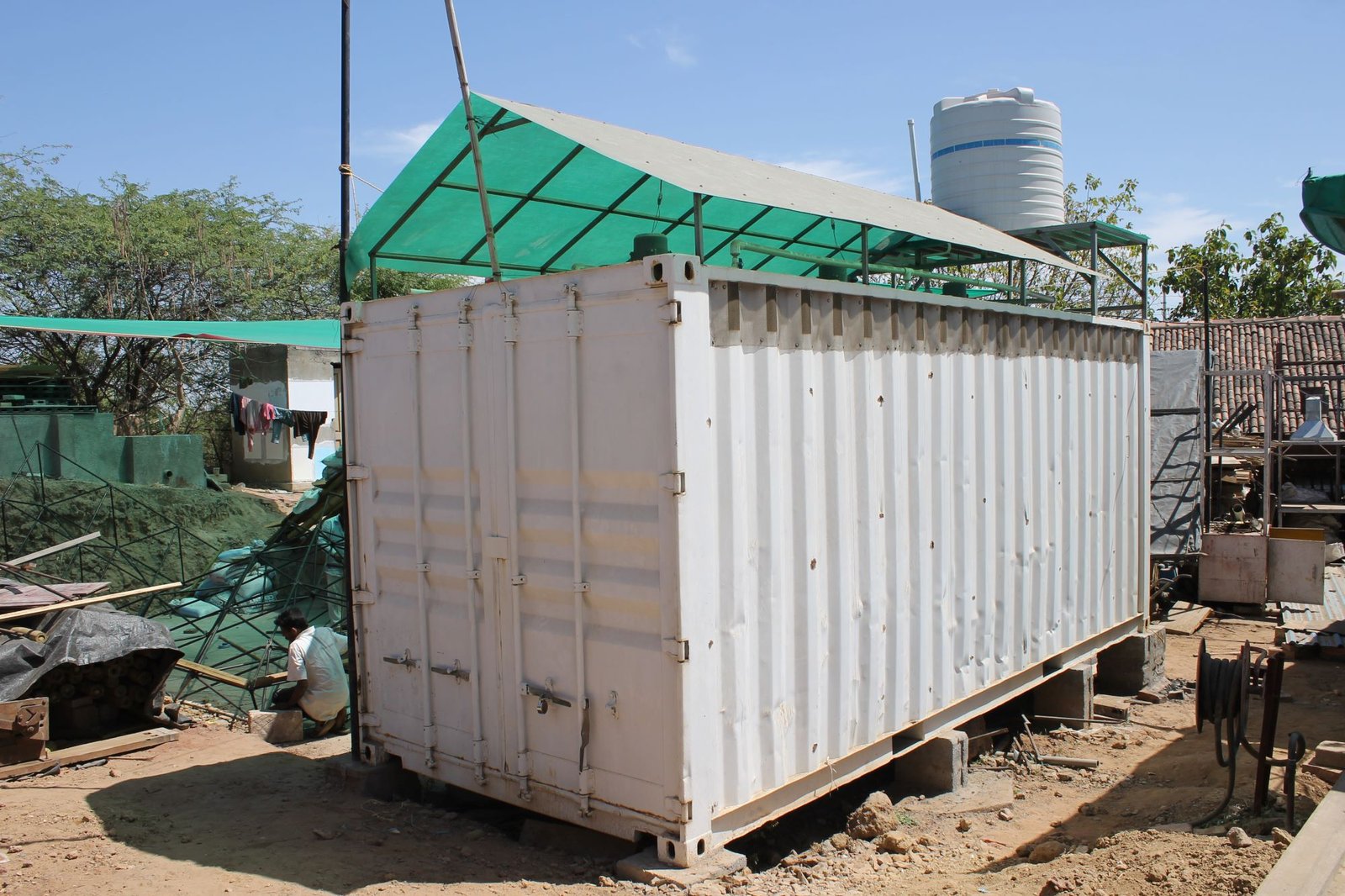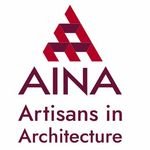
Introduction
Indira Awas Yojana (IAY) is one of the largest rural social housing programs in the world, having built more than 25 million houses in the last 25 years. The Ministry of Rural Development allocated 100 billion rupees in the 2011 budget to address the rural house deficit, expanding support beyond BPL families to include all households without decent housing.
The Commissionerate of Rural Development, Government of Gujarat, recognises the need for better facilitation, appropriate technical advice, social mobilisation, and capacity building to empower homeowners to build better houses through IAY.
A consortium of Hunnarshala Foundation, People in Centre Consulting, BuildAur, and Thumb Impressions is collaborating to provide technical facilitation under a mandate from CRD. The objective is to ensure technical support for IAY implementation at the district level through development of appropriate design options, technical guidelines for each option, prototype demonstrations, and training.
The Project
The project aims to effectively achieve the objectives of IAY by providing appropriate and affordable houses within the framework of the scheme. Empowering homeowners forms the basis of the project framework. The technical facilitation focuses on empowering the community by instilling confidence in them to build their own “good”, “safe” houses and enhancing the available typological options within IAY to give people choices according to their preference and priorities.
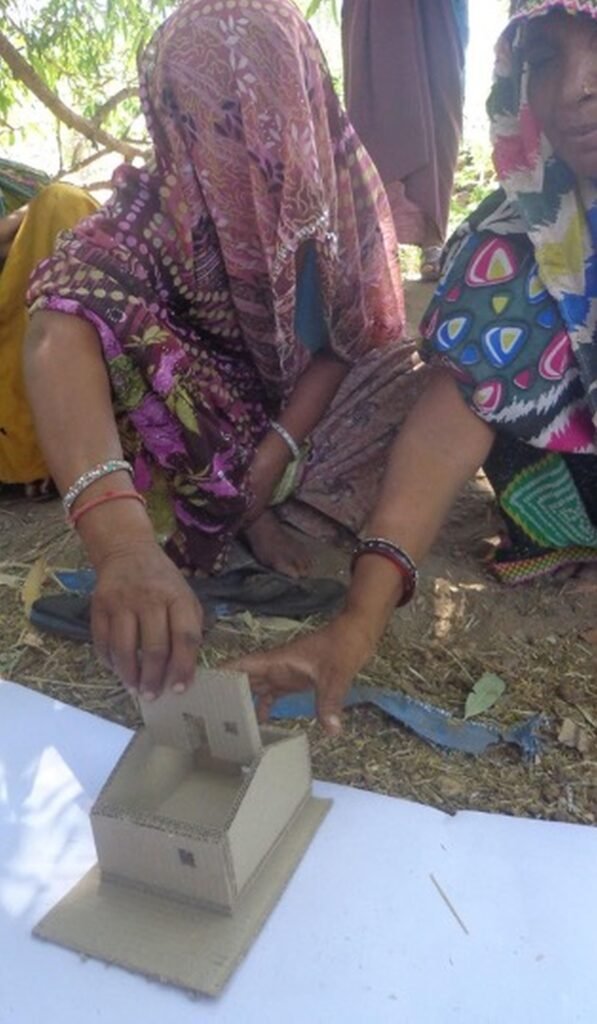
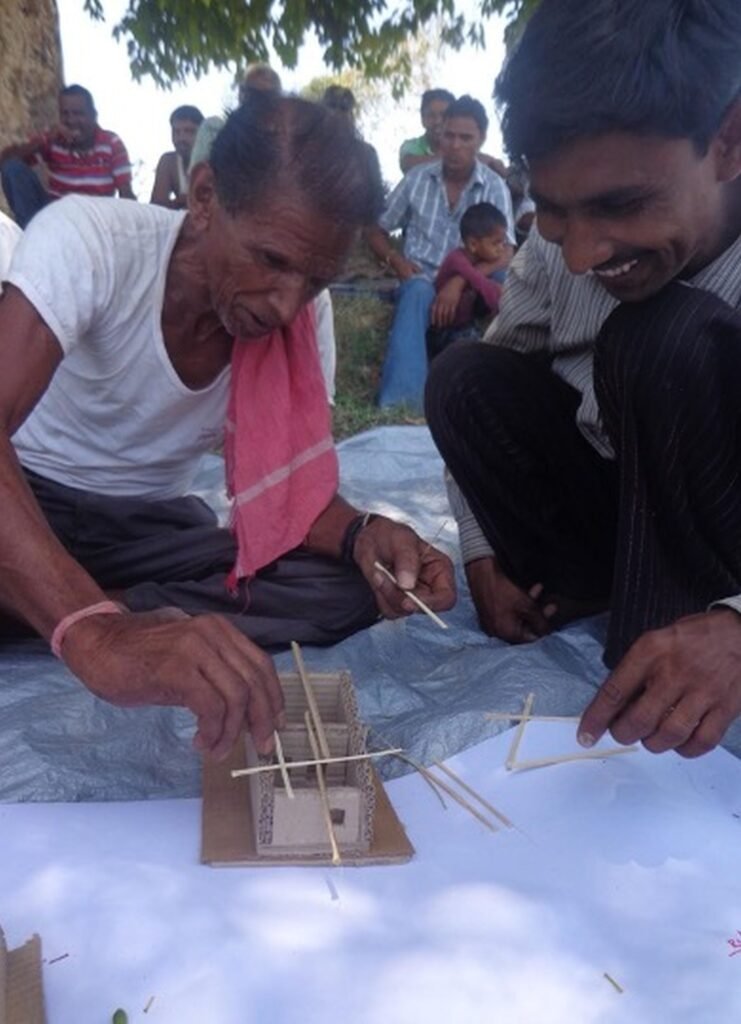
The Phases
1. Study
The first phase involved studying and documenting exiting typologies in the five identified zones in Gujarat. A team of 41 members, comprising architects, engineers, and social workers, conducted an extensive study covering 125 villages and documenting 108 houses. Interviews were conducted with 153 IAY beneficiaries, 63 resource persons and 57 artisans. The findings were published and presented before the Technical Committee in Gandhinagar which accepted the findings and approved the design phase.
2. Design
The design brief for this phase focused on three aspects: acceptability, affordability, and safety to effectively meet the needs and aspirations of the people. Appropriate designs were developed with extensive involvement of IAY beneficiaries, recourse persons, and artisans. These designs were submitted to the Technical Committee with cost estimates and minimum technical guidelines.
3. Prototype Construction
Of the approved designs, about five designs will be selected for each zone for prototype construction. Along with the prototypes, demonstration modules, display boards, and other media will be used for information dissemination.
4. Training
Beneficiaries, masons, and artisans will be trained in the appropriate technologies and materials needed to build their houses. State officials will also be included in the whole training process to develop a mutual understand between the officials and beneficiaries for the execution and acceptance of proposed technologies and materials.






